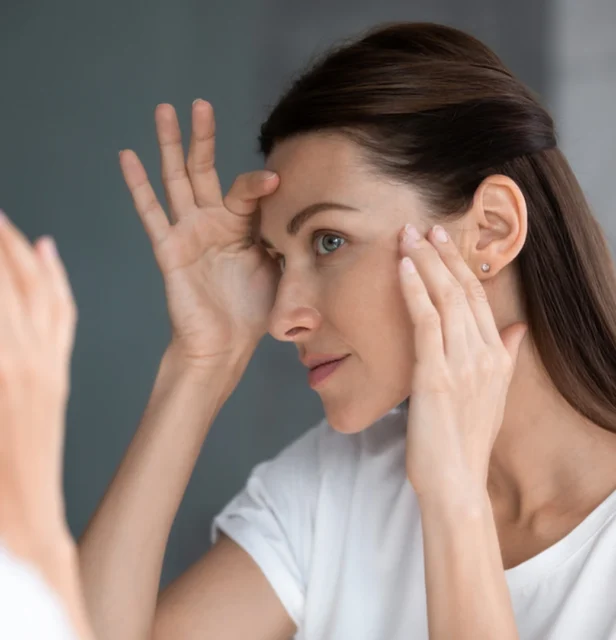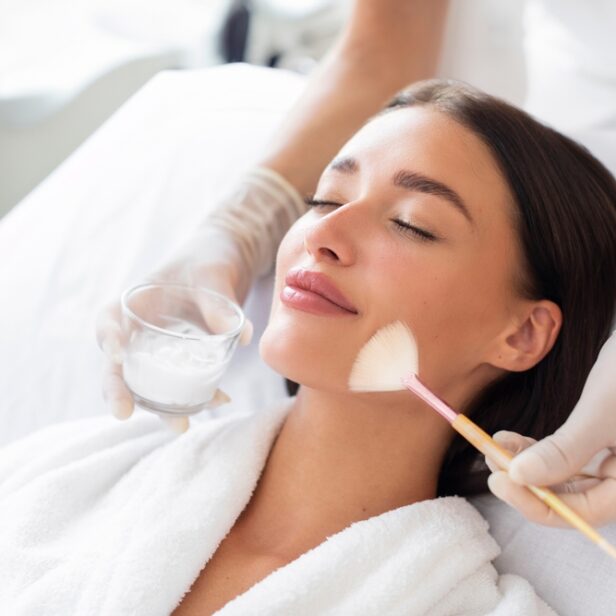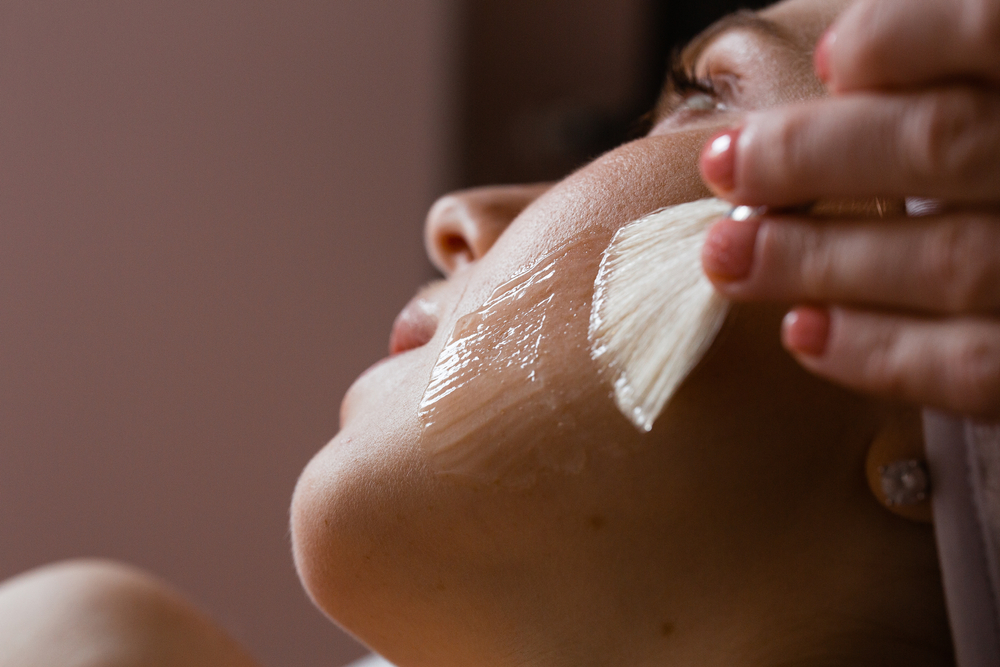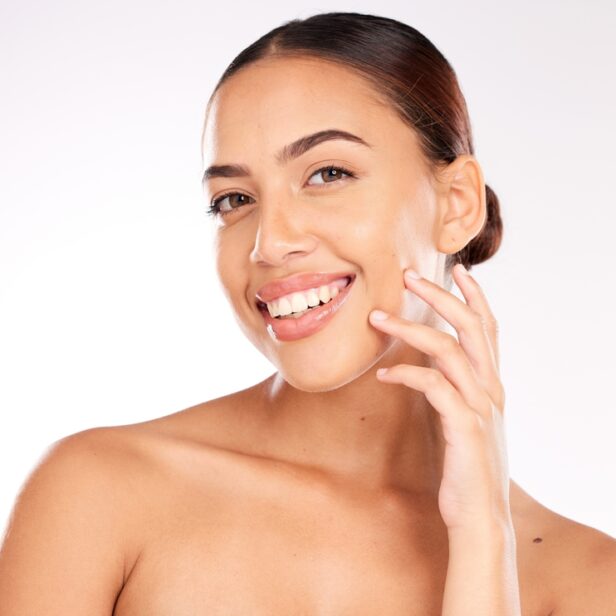Facial Services
Chemical Peels
Your skin goes through a lot! Sun exposure, clogged pores, and buildup from daily life can leave it looking uneven or dull. At Austin Skin & Wellness in Austin, TX, we offer chemical peels that can help refresh your skin by removing dead skin cells and supporting a more even texture. Whether you’re dealing with clogged pores, rough patches, or surface discoloration, this treatment can reveal skin that feels smoother and looks more balanced. If you’re ready for a deeper kind of clean, we’re here to help.
Learn More



